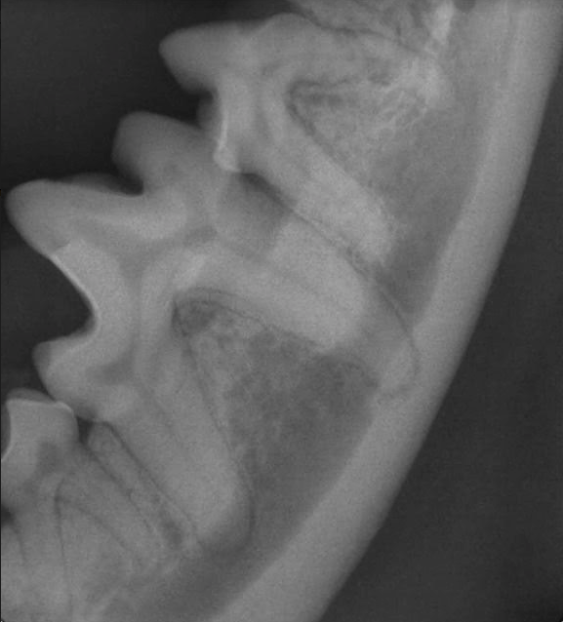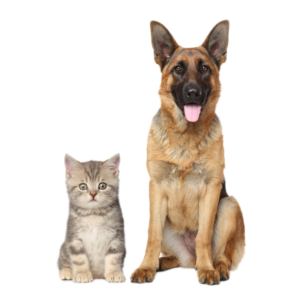We are delighted to offer dental radiographs here at West Hill Animal Clinic, but many people might be wondering what exactly are the benefits of these x-rays?
Much like in humans, most of a dog or cat’s tooth is below the gum line, which is impossible to visualize with the naked eye. This is where x-rays come in! There are many problems and disease processes that can be diagnosed by snapping a quick dental radiograph.
Examples include:
Missing Teeth – Occasionally a pet will be under anesthetic for a routine cleaning, and we’ll see that they have some missing teeth. This is a great time to take a dental x-ray as it can confirm if the entire tooth is missing or if there are retained roots below the gum line that could be causing issues. Taking that radiograph will help us determine if we need to remove those roots or if the tooth is truly missing in its entirety.
A Fractured Tooth – Before extracting a fractured tooth, we will take an x-ray of the tooth in question. This will help the veterinarian to visualize the root structure. We will often take an additional radiograph after the extraction to ensure there are no remnant roots.
Feline Resorptive Lesions – This is a widespread dental problem in cats, and these lesions typically occur where the gum line meets the tooth. They can sometimes be diagnosed during a routine dental examination based on their appearance. However, there are four different classes, and to determine the type, we would need to perform dental radiographs. Classes two – four usually result in extraction of the tooth in question. We also recommend full mouth radiographs when any confirmed resorptive lesions are present as they can help us see any others that may be lurking and not yet visible.
Periodontal Disease – This is a very common reason that we take dental radiographs. Often the crown of the tooth can appear normal, aside from tartar buildup, however, once we take an x-ray, we can find that there is significant bone loss around the tooth’s root(s). This typically means that the tooth is beyond saving and extraction is required. If the tooth remains in the mouth, it risks becoming infected and/or a source of pain and discomfort if it isn’t already.
These are just a few of the many reasons that dental radiographs are a vital part of your pet’s dentistry. Dental radiographs are typically performed at the same time as dental cleaning, and your pet must be anesthetized for these procedures. Taking dental radiographs has no adverse effects on your pet regarding the amount of radiation, as there is very minimal exposure. Dental radiographs provide your veterinarian with a complete picture, which provides a more accurate diagnosis and in turn the best and safest treatment plan for your pet.
Written by Zoe, RVT



